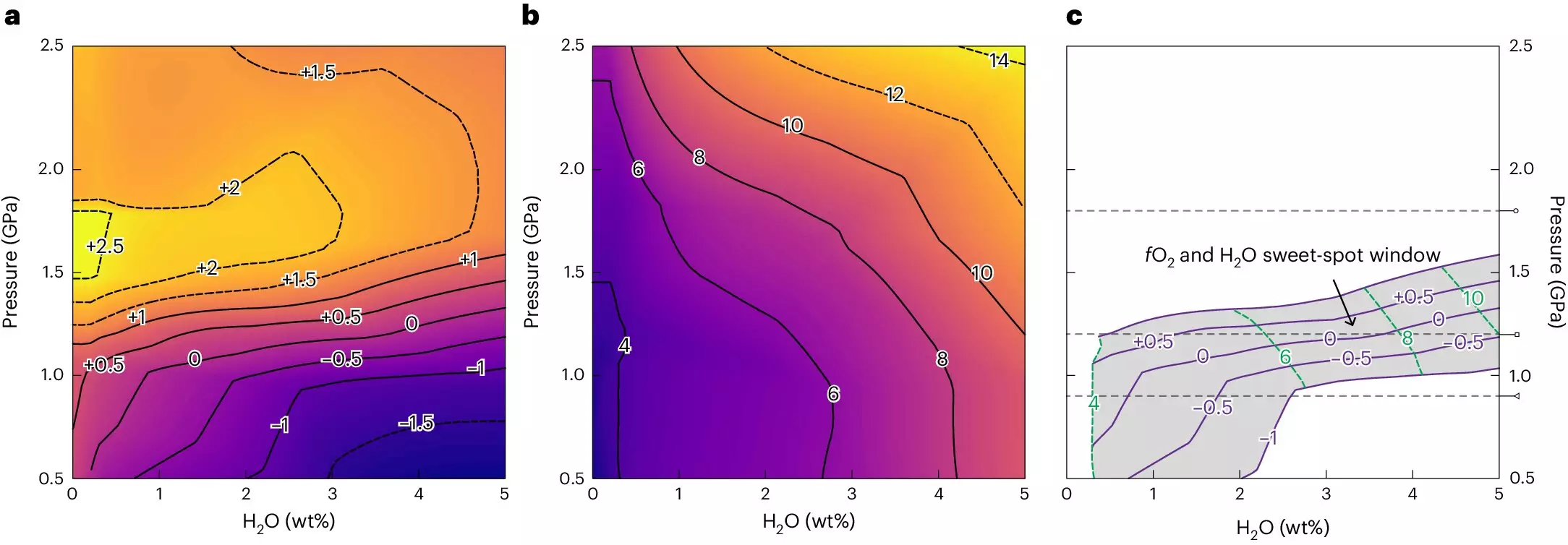The formation of Earth’s continents is a topic that has fascinated geologists for centuries. These vast land masses are not mere geographical points but the very foundation upon which life has flourished. Theories about how these continents formed have evolved, yet significant debates persist among scientists. A recent study from the University of Illinois Chicago, conducted by David Hernández Uribe, aims to shed new light on this subject by challenging prevailing ideas. The core of the contention lies in the interpretation of magmatic processes and their role in the ancient geological history of our planet.
Investigating Magma and Its Geological Implications
Hernández Uribe’s research significantly focuses on magma, the molten rock beneath the Earth’s crust, which, upon cooling, crystallizes to create rocks and minerals. This substance holds critical evidence regarding the origins of continents. The study scrutinizes the relationship between magma and a specific type of mineral deposit known as zircons, which date back to the Archean period, approximately 2.5 to 4 billion years ago. These zircons are considered vital indicators of early continental formation and their presence suggests certain geological processes at work during Earth’s formative years.
A critical earlier study from Chinese and Australian scientists posited that the presence of these Archean zircons was exclusively linked to the subduction process. This process involves tectonic plates colliding and pushing material upwards, a phenomenon that remains active to this day and is responsible for seismic and volcanic activity. However, Hernández Uribe’s approach diverges from this idea, presenting an alternative hypothesis that raises fundamental questions about the geological conditions present during the early Earth’s history.
Utilizing sophisticated computer models, Hernández Uribe aimed to recreate the conditions under which the Archean zircons could form. He discovered that these minerals could emerge not solely from subductive activity but also through the melting of the Earth’s primordial crust at high pressures and temperatures. Specifically, he found that by simulating partial melting of the underlying crust, he could generate the same isotopic signatures found in zircons, thereby providing a compelling case against the necessity of subduction for continental genesis.
This revelation has broader implications for our understanding of the timeline of plate tectonics on Earth. If the initial continents arose from crustal melting rather than subduction, it alters the timeline of tectonic activity. Rather than emerging approximately 4 billion years ago, the onset of subduction may have transpired much later in Earth’s history, challenging the established paradigms in geology.
What Hernández Uribe’s findings highlight is not just a debate about the origins of continents but also the intricacies of our planet’s geological evolution. His research emphasizes that the narrative of Earth’s early processes must be re-evaluated in light of emerging data. With Earth being the only known planet to exhibit active plate tectonics in the solar system, comprehending these processes enriches our understanding not just of our home planet, but of planetary formation and evolution as a whole. The discussions around continental formation underscore the necessity for ongoing studies and open-mindedness in scientific discourse, as new evidence continuously reshapes our understanding of the planet’s geological history.

